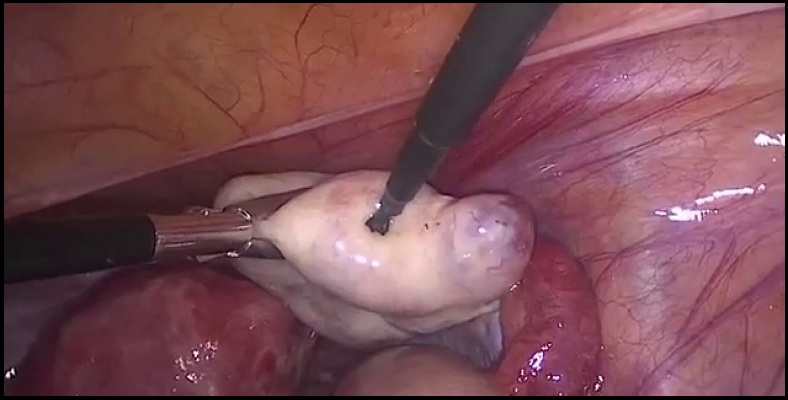
Laparoscopic Ovarian Drilling
- Description
Laparoscopic ovarian drilling is a surgical treatment that can trigger ovulation in women who have polycystic ovary syndrome (PCOS). Electrocautery or a laser is used to destroy parts of the ovaries.
This surgery is not commonly used. But it can be an option for women who are still not ovulating after losing weight and trying fertility medicines. Ovarian drilling is usually done through a small incision (laparoscopy), with general anesthesia. The surgeon makes a small cut (incision) in the abdomen at the belly button. The surgeon then places a tube to inflate the abdomen with a small amount of carbon dioxide gas so that he or she can insert the viewing instrument (laparoscope) without damage to the internal organs. The surgeon looks through the laparoscope at the internal organs. Surgical instruments may be inserted through the same incision or other small incisions in the pelvic area. Because the incisions are so small, laparoscopy is often called "Band-Aid surgery."What To Expect After Surgery :
If you have a laparoscopy procedure, you will likely go home the same day and can do your normal activities within 24 hours. Your return to normal activities will depend on how quickly you recover from surgery, which may take a few days or as long as 2 to 4 weeks.
Why It Is Done :
Ovarian drilling is sometimes used for women with PCOS who are still not ovulating after trying weight loss and fertility medicine. Destroying part of the ovaries may restore regular ovulation cycles.
Risks :
Risks of laparoscopy include:
- Infection of the incision.
- Bleeding from the incision.
- Internal bleeding.
- Accidental injury to internal organs or major blood vessels, from the laparoscope or surgical instruments.
- Pain after the procedure, from inflating the abdomen with gas.
- Problems caused by anesthesia.
- Adhesions or scarring inside the body.
Ovarian drilling may affect the number of eggs you have left or may cause early menopause. Talk to your doctor about these possible risks.
